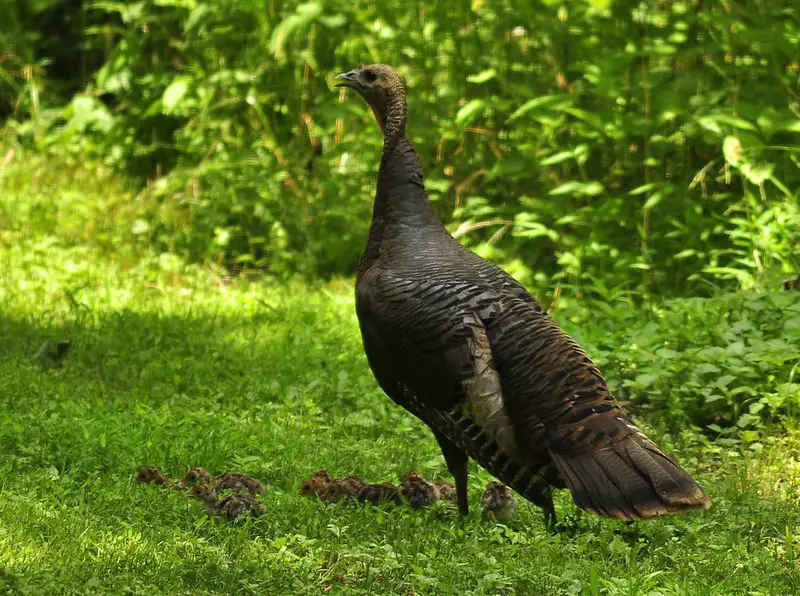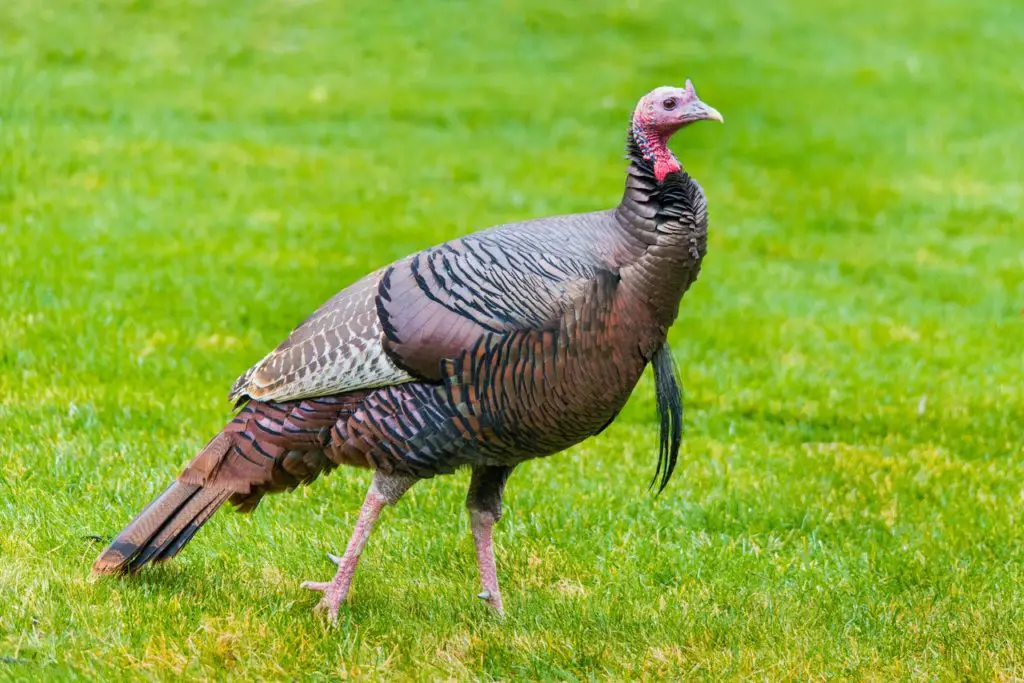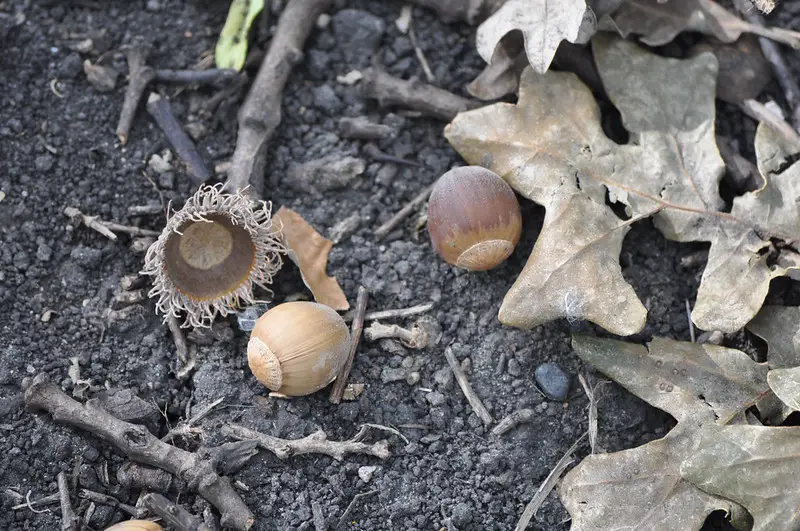
In these days of social media, podcasts, and YouTube, celebrities can come from many walks of life. Over the past couple of years, Mike Chamberlain has become arguably the most famous person in the turkey hunting community.
Known as the “Turkey Doc,” Chamberlain comes off as a guy you would love to hunt with, but also a guy who is very smart and knowledgeable about turkeys. If you’re unfamiliar, I’ll provide a brief introduction before jumping into four lessons I’ve learned from him.
Who is Mike Chamberlain?
Dr. Michael Chamberlain is a professor of Wildlife Ecology and Management at the University of Georgia. He has a Ph.D. in Forest Resources from Mississippi State University.
In addition to being a turkey biologist, Chamberlain is also a hunter. His Instagram account features photos from hunts all over the world pursuing big game, waterfowl, and, of course, turkeys.
He is known on Instagram and Twitter by his handle “wildturkeydoc.” In addition to his hunting photos, Mike Chamberlain shares lots of educational information on turkeys on his social media accounts.
Chamberlain has been featured on numerous podcasts including the Turkey Hunter Podcast, the Hunting Public Podcast, Cutting The Distance, Meateater, Speak The Language Podcast, and GameKeeper Podcast amongst many others. He has also made appearances on many of the top turkey hunting YouTube channels.
In 2021, Chamberlain was named the National Wild Turkey Federation’s Tom Kelly Communicator of the Year. This is an award reserved for some of the biggest names in the sport of turkey hunting including Michael Waddell, Ray Eye, Will Primos, and Steve Rinella.
With all this exposure, Mike Chamberlain is one of the most recognized men in the world of turkey hunting.
Lessons I have learned from Mike Chamberlain
Through listening to him on podcasts, watching him on YouTube, reading his studies, and following his content, I have greatly expanded my knowledge of turkeys and turkey hunting from Mike Chamberlain. Here are just a few of the key lessons that I have learned.
1) The Turkey Population Decline Is Not A Simple Problem
Some folks will point to an increase in predators. Others will claim it’s a result of a decrease in habitat. A few will say that hunters are to blame.
It depends. From listening to Mike Chamberlain, I have learned that the turkey population decline is not as simple as some would like to make it. It can vary based on location. Truthfully, all these factors play a part in decreasing turkey populations.
It will take work to fix these problems and keep this sport thriving for years to come. We must remember as hunters and conservationists that we are all on the same team despite some differences in opinions.
2) Landowners Can Help Turkeys By Providing More Nesting and Brooding Habitat
The survival of a hen during breeding season is most closely correlated with the distance she travels (White, Jacob & Moscicki, David & Jobes, Doug & Hardin, Jason & Chamberlain, Michael & Collier, Bret. (2022). Breeding season survival of female Rio Grande wild turkeys in south‐central Texas. Wildlife Society Bulletin. 46. 10.1002/wsb.1286.) The further a hen has to travel from her nest, the less likely she is to survive the season.
This means it is important to provide the highest quality nesting and brooding sites that we can. If a hen is able to get everything she needs within a short distance, she stands a good chance of raising more turkeys for the future.
To determine if you have quality brooding habitat, Chamberlain recommends getting down on your stomach and looking around. You should be able to see around you, but not over you. Get up on a knee. You should be able to see over the foliage. This is good brooding habitat.
Another study by Chamberlain (Sullivan, Daniel & Little, Andrew & Poteet, Micah & Collier, Bret & Chamberlain, Michael. (2022). Selection of landcover types by translocated female eastern wild turkeys in east Texas. Wildlife Society Bulletin. 46. 10.1002/wsb.1282.), found that translocated turkeys in Texas preferred open landscapes with herbaceous cover.
Check with a registered forester in your area to figure out how you can improve your habitat and create this kind of cover. Timber stand improvement involves removing less desirable trees from mature forests to create a greater variety of foliage. Good turkey habitat has lots of variety in it.
3) Weather Effects Gobbling Activity
A study Mike did in conjunction with Bret Collier, Emily Rushton, John C. Kilgo, James Martin, and Patrick Wightman showed that weather could positively or negatively influence gobbling activity.
These researchers spent five consecutive springs recording gobbling activity in the southeast with autonomous recording units. They found that on rainy days, windy days, and hot days toms gobbled less. On days where the barometric pressure was increasing, toms gobbled more.
While I have always been a proponent of hunting every chance I can, this study shows that it pays to watch the weather if you really want to hear the spring thunder.
4) Killing the Dominant Tom Too Early in the Season Can Be Detrimental to the Breeding Cycle
An article in Georgia Outdoor News by Mike Chamberlain (Chamberlain, Dr. Michael. (2020, December 30). From the research biologist: Things to consider when setting regs for Spring Wild Turkey seasons. Georgia Outdoor News. Retrieved June 5, 2022, from https://gon.com/hunting/setting-regs-spring-wild-turkey-season), discusses the spring turkey breeding season and the ways in which hunters can impact it.
He believes that killing toms too early in the breeding cycle can be very disruptive to turkeys. Read this excerpt from the article:
…[Hens] have spent time selecting toms atop their pecking orders, and when those toms are removed early in breeding, she’s forced to go back through the process of selecting a tom to breed with—and all toms are not created equal.
-Dr. Michael Chamberlain
Reaping and decoys result in more dominant birds being killed earlier in the year. Before these techniques were commonly used, it was extremely difficult to kill a dominant tom early because he was always “henned up.”
Changes to the Alabama and Georgia turkey seasons in 2022 were a result of this theory. Time will tell if it has a positive result on the turkey populations in these states.


